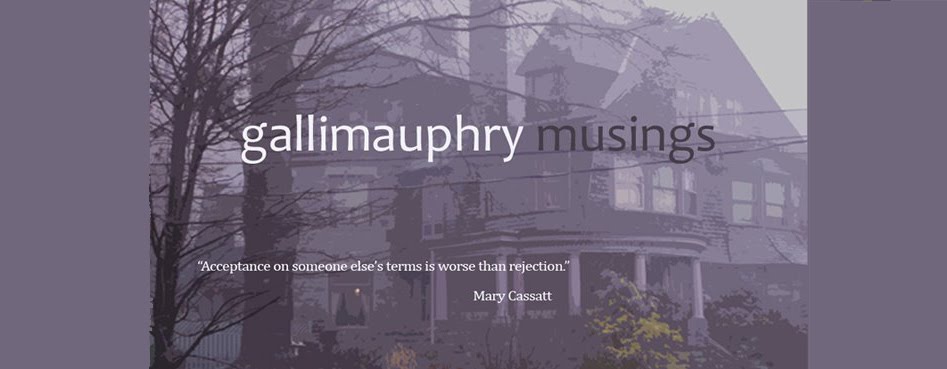
I am currently reading Victor Hugo’s The Hunchback of Notre-Dame (a title Hugo despised, preferring the French title Notre-Dame de Paris). Thanks to numerous movies (1923, 1939, 1956, 1982, 1996), most people have an idea of the story of Quasimodo, Esmeralda, her little goat Djali, Phoebus, Frollo and the poet Gringoire, but it is often a distorted version.
The literary bellringer of Notre-Dame, Quasimodo [for those non-French like me, it's "Kazimoto"], was named after the first Sunday after Easter when newborn babies were abandoned at Notre-Dame. He was 4 and considered by those who saw him a monster. During the majority of the novel he is twenty, with a shock of red hair on an over-sized head, his left eye small and the right eye covered over by an egg-shaped wart, teeth protruding from his horse-shoe shaped mouth, bandy-legs, lame, deaf from the bells, and malevolent. As Hugo describes him:
Rather, let us say, his whole person was a grimace. An enormous head covered with red bristles; between the shoulders a great hump balanced by one in front; a system of thighs and legs so curiously misplaced that they only touched at the knees, and, viewed from the front, appeared like two sickles joined at the handles; huge splay feet, monstrous hands, and, with all this deformity, a nameless impression of formidable strength, agility, and courage—strange exception to the eternal rule, which decrees that strength, like beauty, shall be the outcome of harmony.
Such was he whom the Fools had chosen for their Pope. He looked like a giant broken and badly repaired.
Quasimodo falls in love with Esmeralda, a 16-year-old gypsy after whom all men seem to lust. The man she loves, Captain of the Guards Phoebus, already has a fiancé who is older than Esmeralda, named Fleur-de-Lys. Claude Frollo, idolized by Quasimodo, is a gifted scholar and churchman who learns love by caring for his rebellious orphaned younger brother and Quasimodo, but then he finds himself lusting after the young gypsy. Finally, Gringoire is a poet vagabond whom Esmeralda marries to save from being hanged by thieves.
I came to read the novel by one of those circuitous serendipitous internet journeys which Google seems to delight in providing. I was on YouTube.com looking for snippets from Hairspray, which I saw last week and truly enjoyed. That search led somehow to Lara Fabian’s I Will Love Again. After watching her video Le Difference, I next found a duet of the same song between Fabian and Patrick Fiorri. Not having heard of Fiorri, I checked his other links, which brought me to Belle from the 1998 musical, Notre Dame de Paris. If you are like me, you don't know about this musical either. Bewitched by Garou’s appropriately gravelly voice [Hugo describes Quasimodo's voice as "harsh and gutteral"], I found myself drawn into the pathos of the bell-ringer's plight. I spent one afternoon this week watching every clip I could find from it.
The 1998 French-Canadian musical Notre Dame de Paris debuted in Paris and had the most successful first year of any musical, according to the Guinness Book of Records. If you haven’t heard the musical, promise me you will check out each of the following numbers before you judge it:
- Temps de Catedrali--Notre Dame de Paris, song 1
- Belle--Notre Dame de Paris, song 19
- Les Cloches--Notre Dame De Paris Act 2 Song 2
One of Hugo’s most stirring moments (showing Hugo’s power of description) comes in Book IV, Chapter 3, the chapter on Quasimodo and his bells, especially his riding the Big Maria, becoming the soul of the cathedral. The song captures that same intensity of feeling. - Les Oiseaux Qu’on Met En C--Notre Dame De Paris Act 2 song 4
- Liberes--Notre Dame De Paris Act 2 Song 14
- Lune--Notre Dame de Paris Act 2 song 15
- Danse Mon Esmeralda--Notre Dame de Paris Act 2 song 23
Note: one of the conventions of this production that I had to get used to is the use of head mikes. Ignore them and enjoy the music.
To see a Russian interpretation of Belle, check out http://www.youtube.com/watch?v=Ele36V1_ECU
Finding the clips from the musical on YouTube spurred me on to not only order the DVD but also to read the original book for the first time. Hugo’s book was published the year after his infamous play Hernani was presented (and created one of the first riots that a performance has produced between the Classicists and the Romantics). Hugo was calling for a new kind of literature (Romanticism) which began to look at lower classes and the grotesque.
Hugo is a great storyteller once you get through his love of local color and travelogue detail. Rising above it all is the passion of the tortured Quasimodo which definitely rings true and his love for Esmeralda which brings a humanity to the grotesque. If you haven’t read the book, pick it up tomorrow. This English teacher will be delighted.
The Hunchback of Notre-Dame (Signet Classics)
